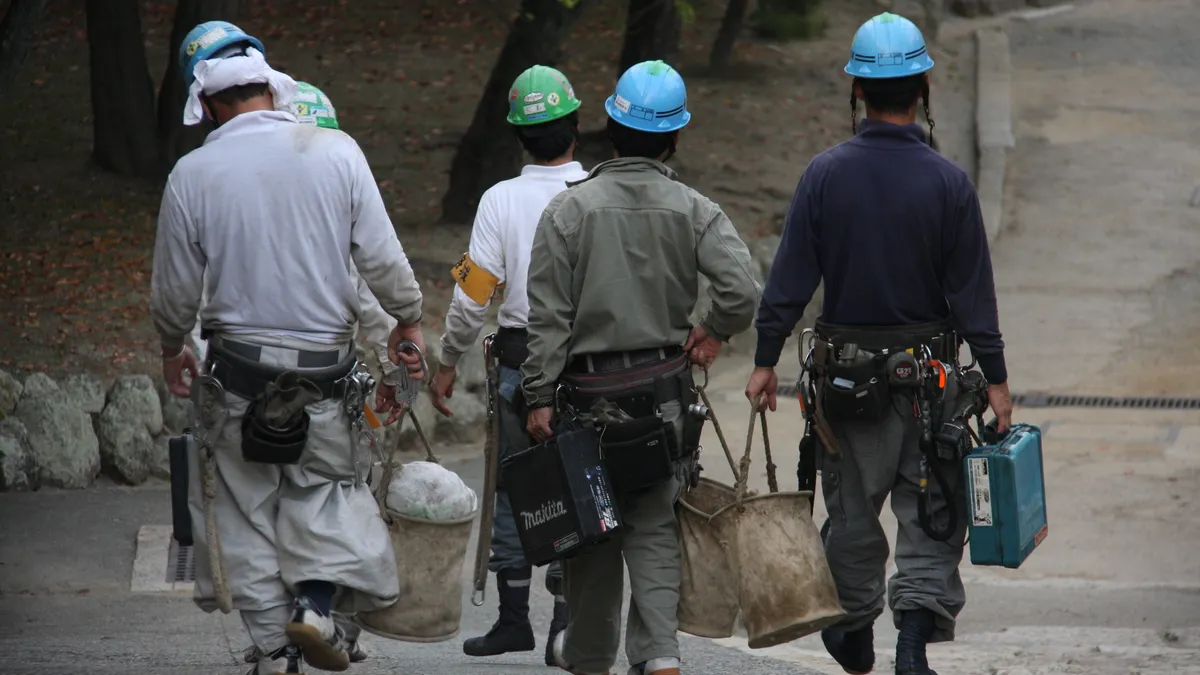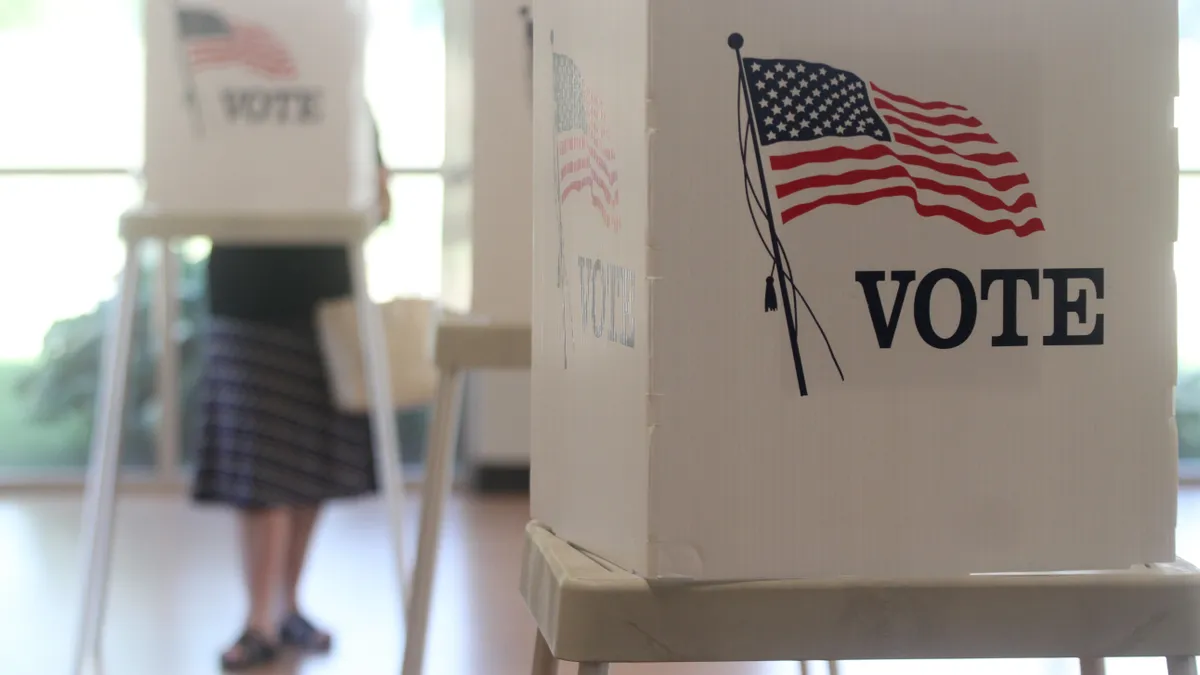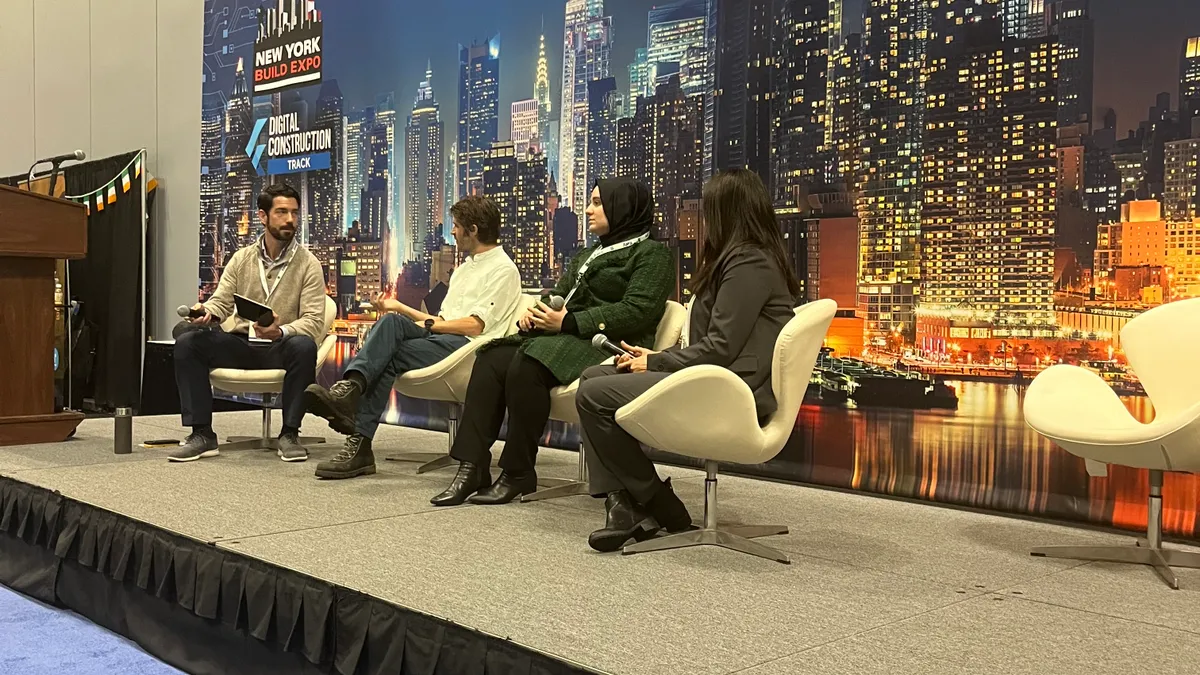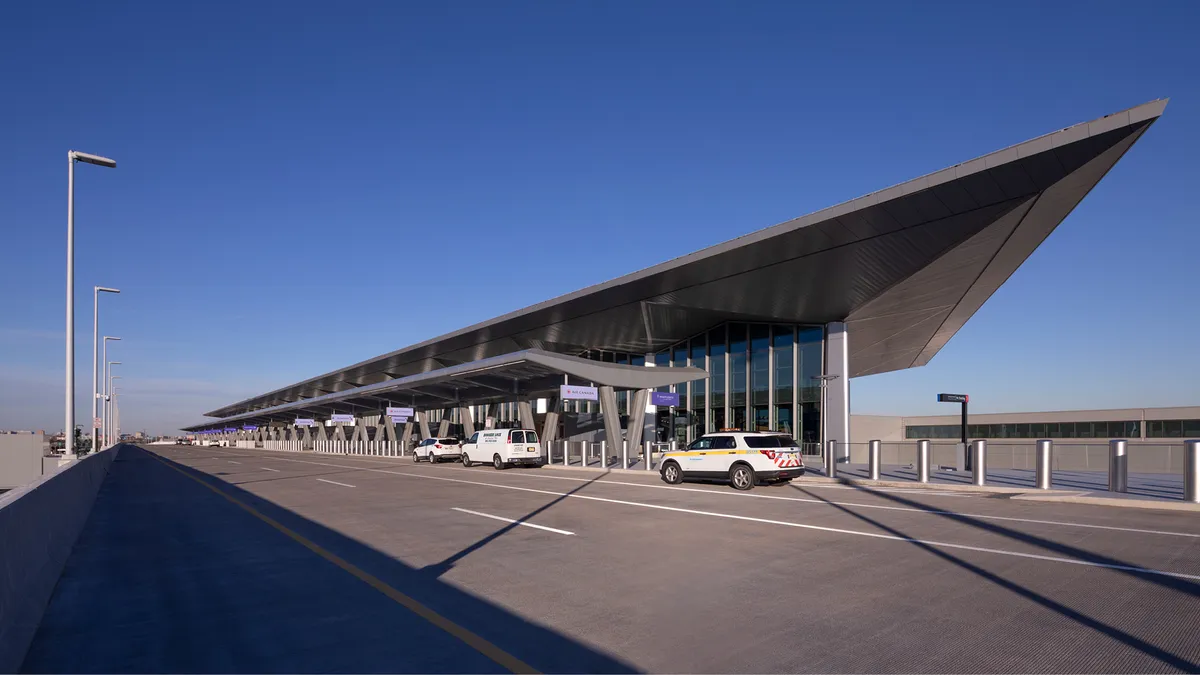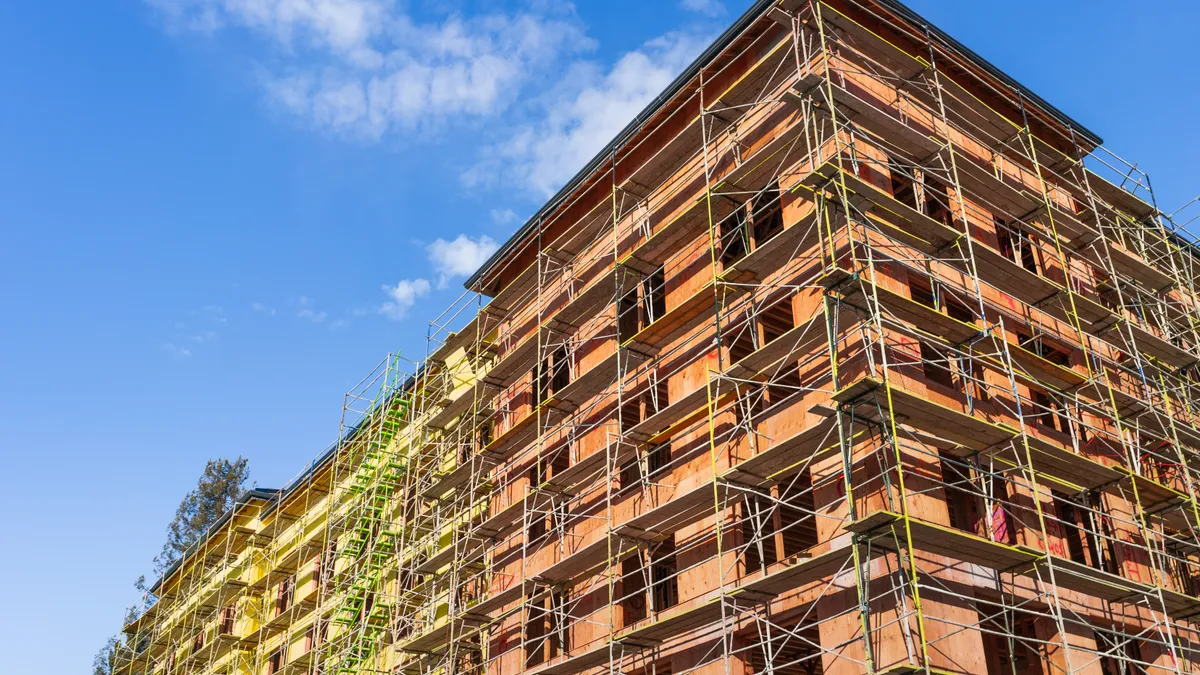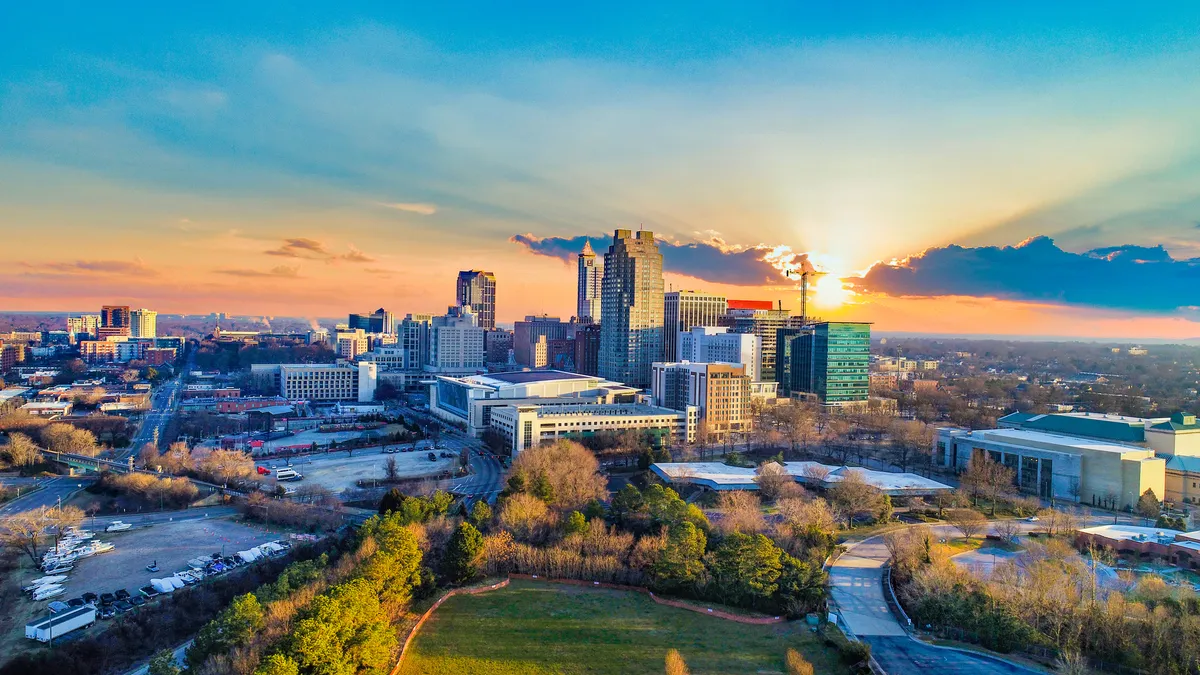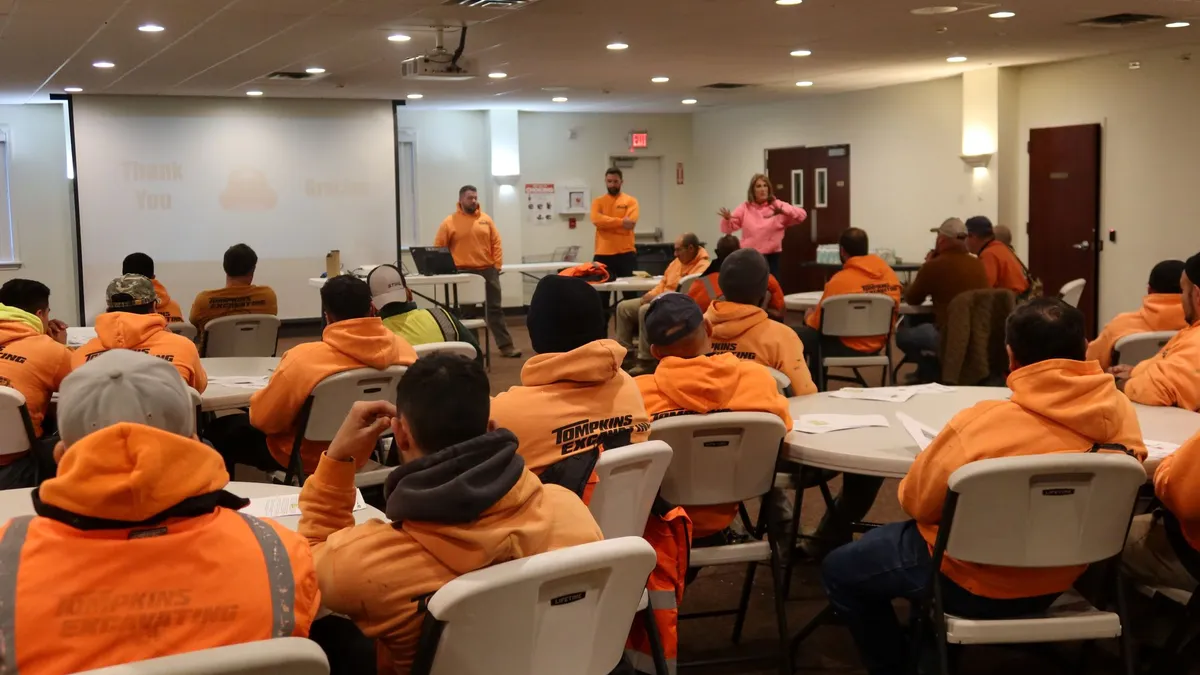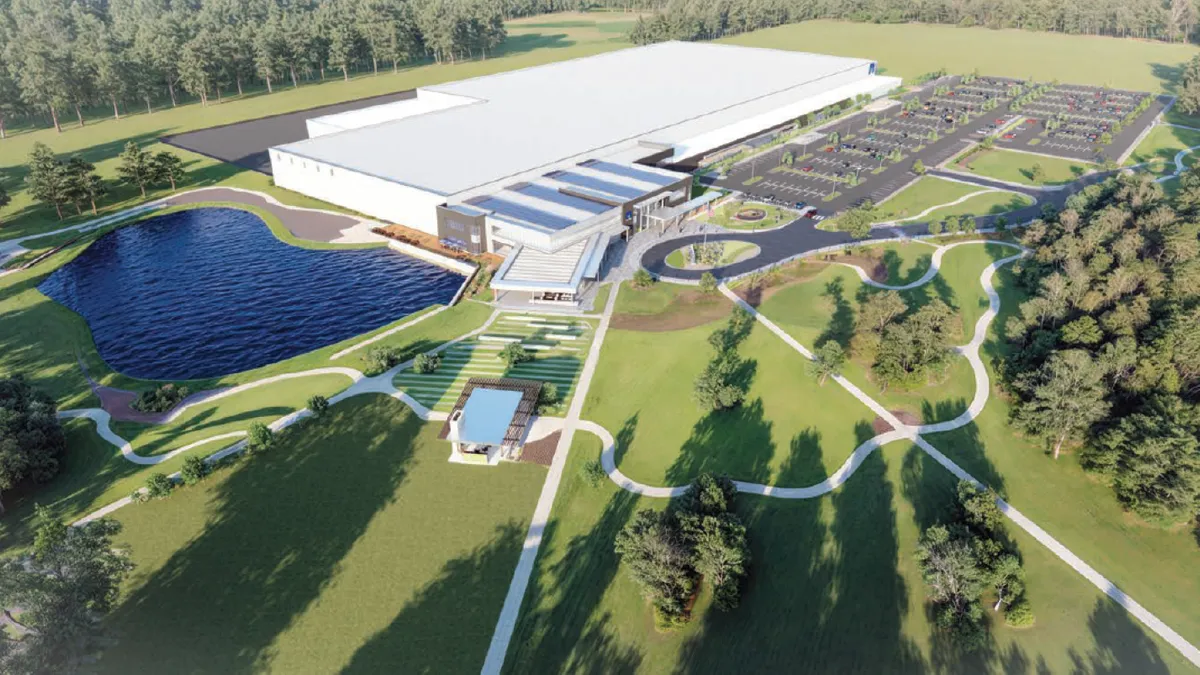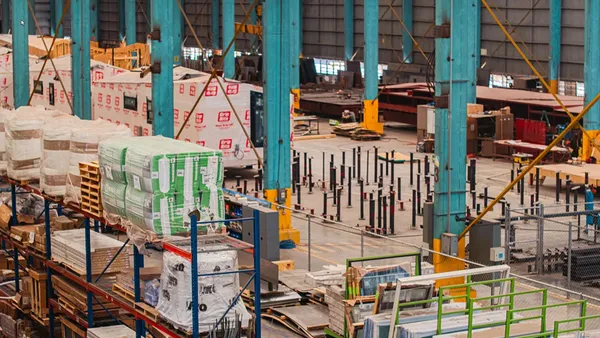Construction is booming across many U.S. markets, spelling both opportunity and trouble for an industry whose labor pool is already stretched thin. Employers have struggled for years to recruit new workers to replace an aging workforce, but studies show young Americans are simply not interested. Meanwhile, a tumultuous immigration debate in Washington is threatening a large segment of workers that have stepped up to fill the void.
Foreign-born workers comprise close to 25% of the U.S. construction workforce, according to a National Association of Home Builders analysis of U.S. Census Bureau data, and this share swells to nearly 42% in California, almost 41% in Texas and 37% in New York. It’s unknown how many of these workers are undocumented, but an estimated 100,000 are able to work in the U.S. under policies that could be heading to the chopping block.
The Deferred Action for Childhood Arrivals (DACA) program, which allows immigrant children to remain in the U.S. for school or work, was rescinded by President Donald Trump in September 2017. Of the 700,000 individuals whose work permits were renewed under the program, an estimated 10%, or 70,000 people, are employed in construction, the Commercial Observer reported. The renewal of DACA remains in Congressional limbo.
The Trump administration also began to erode Temporary Protected Status (TPS) rules, which allow an estimated 30,000 construction workers to live and work in the U.S. when it revoked these protections for Hondurans in May. The administration has since called for a full revocation of the program, The Hill reported.
Awaiting the next policy move
The labor shortage is already severe, and with as many as 100,000 workers at risk of deportation, the industry could face even greater challenges down the road.
Brian Sampson, president of Associated Builders and Contractors’ Empire State chapter, calls on policymakers to acknowledge a labor picture that sets the construction and agricultural industries apart from other sectors, in which the argument that jobs are being taken from American citizens might not apply.
“There’s a certain part of our population that doesn’t want to do [agricultural and construction] work, but if there are other people from around the globe that would want to come here and do that, we have to figure out a way to make it happen,” Sampson told Construction Dive.
While construction companies benefit from the strong economic growth often attributed to Trump's initiatives, they also stand among the businesses that will be most hurt by a follow-through on every threat of immigration crackdown. In August, dozens of members of the Business Roundtable, an association of CEOs at leading U.S. companies, published a letter to Secretary of Homeland Security Kirstjen Nielsen denouncing immigration policy changes as a threat to business operations. Construction industry signees include AECOM chairman and CEO Michael Burke, Fluor Corp. chairman and CEO David Seaton and Turner Construction Co. president and CEO Peter Davoren.
“At a time when the number of job vacancies are reaching historic highs due to labor shortages, now is not the time to restrict access to talent,” the letter read.
As of June, the construction industry was looking to fill 263,000 jobs, according to the latest Bureau of Labor Statistics Job Openings and Labor Turnover Survey, and many employers anticipate a much larger labor need if an infrastructure bill is passed by Congress.
A reform outcome that allows foreign-born workers covered by TPS or DACA to continue working here would be a boon to the construction industry and national economy, according to Sampson. “We could be looking at a million [open] construction jobs and a direct pathway to the middle class and that sort of classic ‘American Dream’,” he said.
However, markets like New York City that are heavily dominated by organized labor would not see much of an impact either way, according to Louis Coletti, president and CEO of the Building Trades Employers’ Association of New York City, because of the legal documentation that unions require for enrollment.
Coletti told Construction Dive that its members haven’t had to rely on undocumented workers because of BTEA’s recruitment of high school graduates, women and veterans to apprenticeship programs. “Plus, if we really get squeezed for people, there’s an ability for the trades to use ‘travelers’ from other jurisdictions outside of New York City that could come and work here,” he added.
A full crackdown is most problematic for the nonunion workforce, Coletti said, because “it will limit their ability to grow.”
Protecting vulnerable workers
Still, a significant share of contractors across the industry employ immigrants without proper working documentation, masked by layers of subcontractors and a “don’t ask, don’t tell” culture. Because of their undocumented status, these workers may be particularly vulnerable to wage theft and other risks on the job.
Manhattan District Attorney Cyrus R. Vance Jr. announced in December 2017 a program to combat wage theft in New York state, noting that immigrant workers are three times more likely to fall prey to schemes. In May, Vance announced indictments against New York City contractor Parkside Construction for a 2014-to-2017 scheme that allegedly defrauded more than 500 workers out of $1.7 million in pay.
Sampson said the ABC is a proponent of this initiative. “Our philosophy has been and always will be … if you knowingly and intentionally violate the laws of New York and of the country, that you should be prosecuted to the fullest extent of the law.” Violators in the state span union and nonunion affiliations, he said.
Orange County, California, is another jurisdiction aiming to root out wage theft. In February, the district attorney’s office charged a group of contractors with underpayment and failure to pay state taxes amounting to $200,000.
Barriers to jobsite safety
Latino workers are at higher risk of on-the-job fatalities than other workers, according to a recent report from the American Federation of Labor and Congress of Industrial Organizations (AFL-CIO), and 67% of Latino workers killed on the job are immigrants. In 2016, 991 construction workers were killed, which was the highest number of any sector, the report found.
As comprehensive as training and compliance programs may be, a language barrier between construction employers and the foreign-born workers they hire introduces safety risks on the jobsite.
Igor Fridman, co-founder of Queblo, a startup that connects immigrant tradesmen with employers in the Greater Minneapolis-Saint Paul, Minnesota, area, argues that training workers in their native languages would not only ensure they’re aware of jobsite risks but would better connect them to the community. Many immigrant workers arrive in the U.S., he said, start working with a crew from their native country and lack the language skills necessary for coordinating with other crews and employers. Training programs for Latinos, in particular, “would be a big help in making this community feel more comfortable," Fridman told Construction Dive.
Sampson said that native-language training is good, in theory, but the last thing field supervisors want to run into is miscommunication in a dangerous situation. “If the supervisor is raising an alert, how are we going to ensure that that worker understands the information that’s being shouted at them?” he said.
Plus, there are only a handful of training providers in the market who can teach in some of the native languages, according to Sampson. The answer may lie somewhere in the middle, with programs that provide both native-language instruction and their English equivalents, he added, but it will likely take a while for the market to meet this demand.
In the meantime, construction companies need to see to the safety of all workers, documented and undocumented, Sampson said. “As an industry, we all need to be moving in a direction that ensures that every worker has the proper training and is provided the right tools and experience when they arrive on the jobsite so they can go home at night to their families,” he said.


